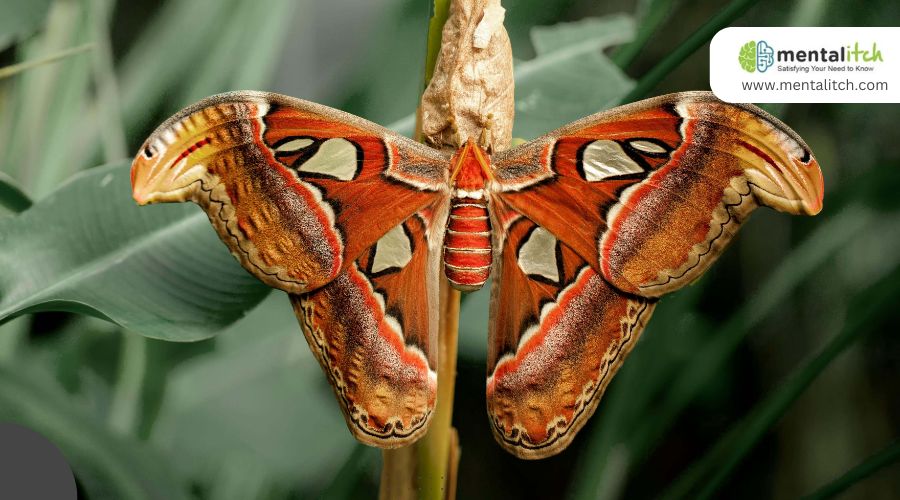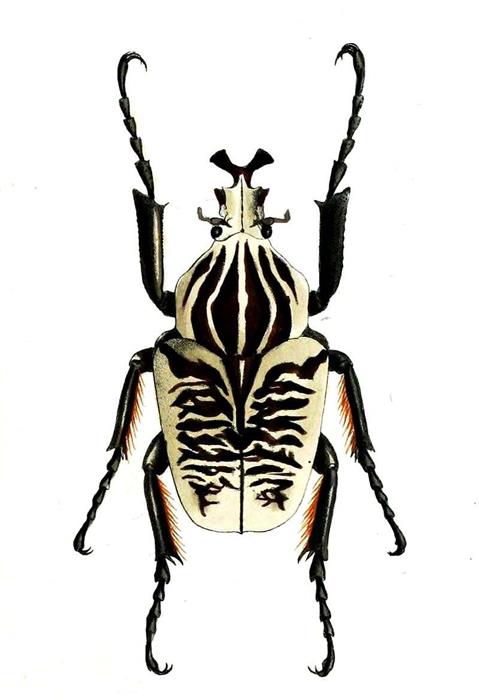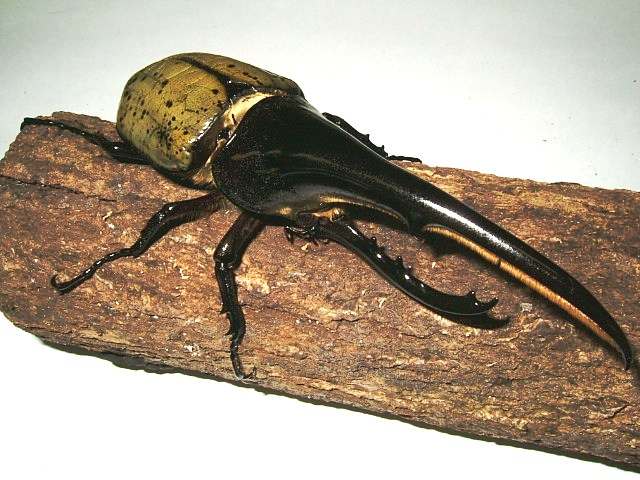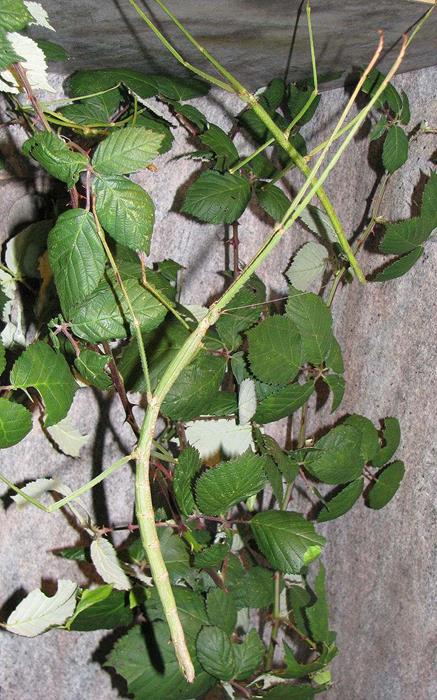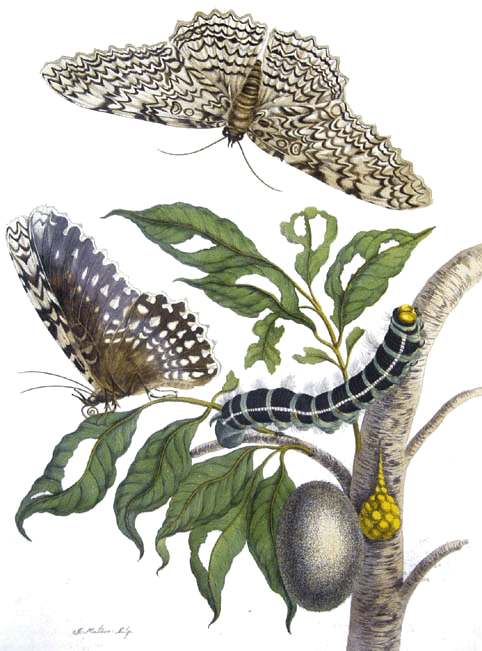In the vast and diverse world of insects, size can sometimes defy imagination. While many may think of insects as small, easily overlooked creatures, there exists a remarkable array of giants among them. This article shines a spotlight on 10 of the largest insects on Earth, showcasing species that push the boundaries of how big these arthropods can get.
Atlas Moth
The Atlas moth is one of the largest moths in the world, with a wingspan measuring up to 12 inches (30 cm). This magnificent creature is found in the tropical and subtropical forests of Southeast Asia. Its wings not only boast impressive dimensions but also feature striking patterns that resemble snake heads to deter predators. The Atlas moth leads a relatively short adult life, during which it does not eat; it relies entirely on fat reserves accumulated during its larval stage.
Giant Weta
Native to New Zealand, the Giant Weta is one of the heaviest insects on Earth, with some specimens weighing more than 70 grams. This cricket-like insect is nocturnal and primarily feeds on plants. Due to its size and weight, the Giant Weta is unable to fly, making it unique among other large insects. Conservation efforts are ongoing to protect this species, as habitat destruction and introduced predators have significantly reduced its population.
Goliath Beetle
The Goliath beetles are among the largest beetles in the world, with adults capable of reaching lengths of up to 4.3 inches (11 cm). These massive beetles are found in the forests of Africa and are named after the biblical giant Goliath. The larvae of Goliath beetles can weigh as much as 100 grams and require a rich diet of protein to reach their full size. Adult Goliath beetles are known for their striking coloration and patterns, making them a favorite among collectors.
Queen Alexandra’s Birdwing
Holding the title of the largest butterfly in the world, Queen Alexandra’s Birdwing boasts a wingspan of up to 1 foot (30 cm). This rare species is native to Papua New Guinea and faces threats from habitat destruction and illegal trading. The female butterflies are larger than the males and have a wingspan that can exceed 12 inches, while the males feature more vibrant colors. Conservation efforts are crucial to ensure the survival of this majestic butterfly.
Titan Beetle
The Titan beetle, found in the rainforests of South America, is one of the longest beetles in the world, with adults measuring up to 6.6 inches (16.7 cm) in length. This formidable insect has strong mandibles that can snap pencils in half and even cut into human flesh. Despite its fearsome appearance, little is known about the Titan beetle’s life cycle, as it spends the majority of its life in the larval stage, feeding on decaying wood.
Hercules Beetle
The Hercules beetle is renowned for its remarkable strength and is capable of lifting objects 850 times its weight. Found in the rainforests of Central and South America, the Hercules beetle can grow up to 6.75 inches (17 cm) in length, including its horn. The males use their large horns to battle over mates and territory. The color of the Hercules beetle can change depending on the humidity levels, adding to its intriguing characteristics.
Tarantula Hawk
The Tarantula hawk is not only one of the largest wasps, with a wingspan of up to 4.5 inches (11.4 cm), but it is also known for having one of the most painful stings. These wasps prey on tarantulas, paralyzing them with their sting and then laying an egg on the spider. The larvae feed on the still-living tarantula, eventually emerging as adult wasps. The Tarantula hawk is found in regions from India to Southeast Asia, Africa, and the Americas.
Stick Insects
Some species of stick insects, such as the Phobaeticus chani, are among the world’s longest insects, with specimens measuring over 22 inches (56 cm), including their outstretched legs. These insects are masters of camouflage, blending in perfectly with branches and foliage to avoid predators. Stick insects are primarily found in the tropics and subtropics, where their appearance helps them blend seamlessly into their surroundings.
Giant Burrowing Cockroach
While the mention of cockroaches may evoke thoughts of small, scurrying insects, the Giant Burrowing Cockroach from Australia defies these expectations. As one of the heaviest insects in the world, it can reach lengths of up to 3.3 inches (8.4 cm) and weigh more than 30 grams. Unlike its urban counterparts, this species is not considered a pest but rather plays a crucial role in the ecosystem by breaking down dead leaves and wood and recycling nutrients back into the soil.
White Witch Moth
The White Witch Moth, with a wingspan reaching up to 14 inches (35 cm), claims the title of the world’s largest moth by wingspan. Found primarily in Mexico and South America, this nocturnal moth is a sight to behold with its expansive, pale wings that help it camouflage against the bark of trees. The White Witch Moth, scientifically known as Thysania agrippina, leads a secretive life, with its larvae feeding on members of the spurge family, which includes some poisonous species, offering the caterpillars a certain level of protection against predators.
Conclusion
These giants among insects, from the majestic Atlas Moth to the burly Giant Burrowing Cockroach, not only challenge our perceptions of what insects are capable of in terms of size and strength but also highlight the intricacies of their roles within their ecosystems. Each of these creatures, with their unique adaptations and lifestyles, underscores the importance of biodiversity and the need to protect their habitats from the threats of deforestation, climate change, and human encroachment.
Additional Suggestions
For many of us, a cockroach is one of our biggest horrors in the house. Which is why we would often have to hire pest control services so that cockroaches wouldn’t appear frequently in our homes.

